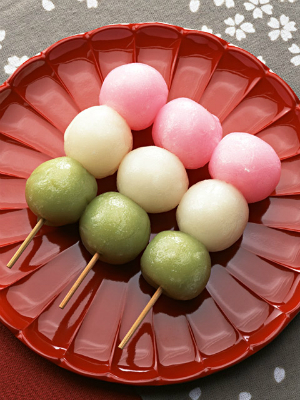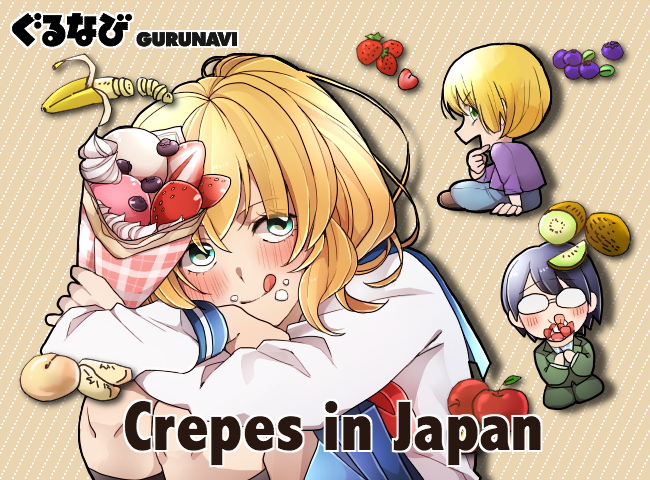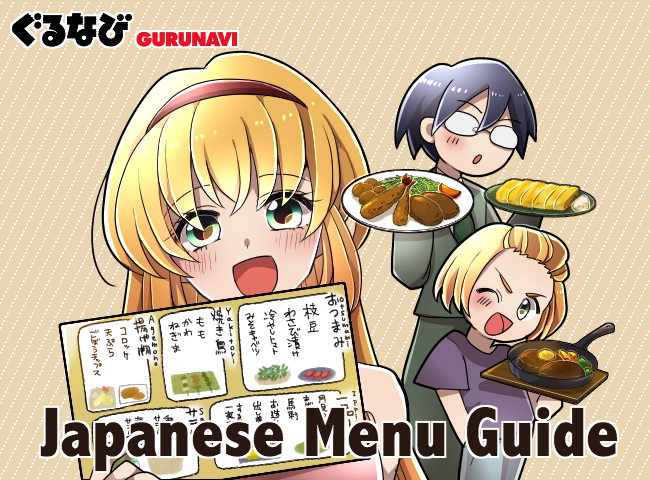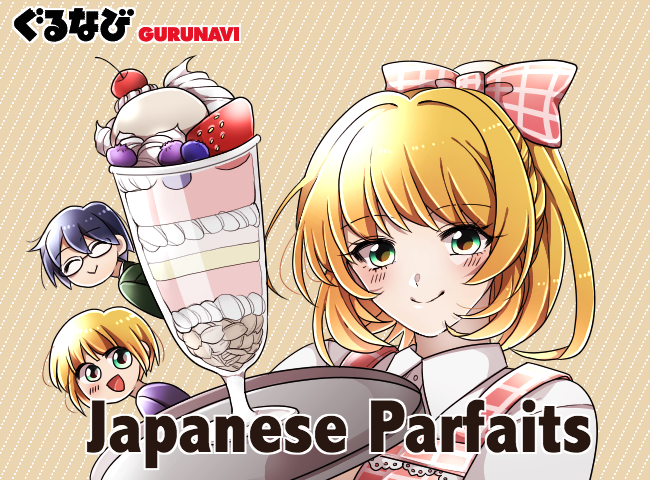Wagashi | Articles on Japanese Restaurants | Japan Restaurant Guide by Gourmet Navigator
Wagashi Summary

Wagashi refers to confectionaries made according to the traditional methods of preparation transmitted in Japan. Since they often accompany Japanese tea or powdered green tea, they are mostly sweet and oil is seldom used as its ingredient. Primarily, Wagashi consists of namagashi (fresh wagashi) served with tea during tea ceremonies and mochi (pounded rice) based sweets such as dango and daifuku. Not only the taste but also visually appealing creativity is also required for wagashi to be served during tea ceremony.
Wasyoku(Japanese Cuisine) encyclopedia : Wagashi (Japanese Sweets)

Carefully selected ingredients are used to express seasonal features. For example, in summer, an arrowroot powder may be used to add transparency to accentuate a sense of coolness. There is also a type of wagashi called “Kogeigashi (artisan confectionary)” that recreates and expresses the world of natural beauty in minute details using edible wagashi ingredients. Koicha (thick powdered green tea) is always paired with namagashi (fresh wagashi) while usucha (regular powdered green tea) is paired with higashi (dry confectionary). Most wagashi is made with a relatively small variety of main ingredients including sugar, starch syrup, rice, flour, and red beans. Unlike western confectionaries, fresh fruits are seldom used as ingredients for wagashi, but stewed or dried fruits may be used in some cases. Use of refined sugar for wagashi began after the pre-modern period, and during the Edo period when it was not easy to obtain white sugar, Wasanbon (fine-grained sugar) is said to have contributed to the development of wagashi with its unique flavor and gentle sweetness.

Dango, manju, and daifuku are the kind of wagashi consumed on a daily basis. Some of these developed as a special pastry to be eaten for celebrations such as the New Years, different festivals, and seasonal events. It is said that skewered dango like “mitarashi dango” appeared after the Muromachi period as a type of sweet snack, and in the Edo period, it became popular as a sweet to enjoy with tea in the urban areas or at tea shops along the main traveling paths. There are different types of skewered dango; those mixed with mugwort, topped with sweet red bean paste or sweet sauce made with sugar and soy sauce, or those topped with ground sesame seeds.

Manju is made by wrapping sweet red bean paste with flour dough and steaming it. “Onsen manju (hot spring manju),” a signature souvenir of any hot spring resort is the most popularly known type of manju. Daifuku is made by wrapping sweet red bean paste with mochi. Black beans or mugwort may be mixed with it, and in recent years, “ichigo daifuku (strawberry daifuku)” with a fresh strawberry hidden inside the red bean paste is popular among young people.









